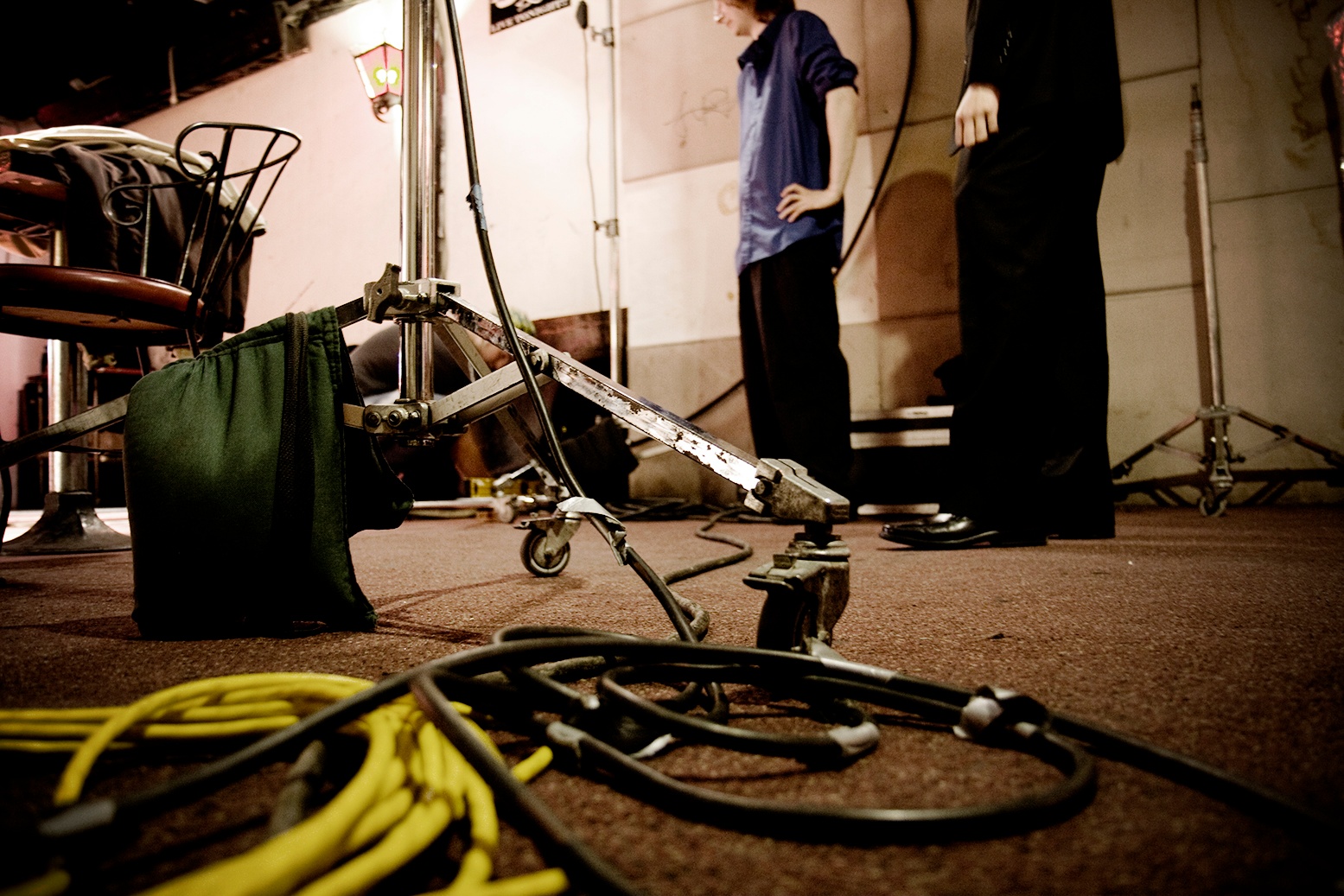Top 10 Work Safety Tips That Production Companies Should Know
Workplace safety cannot exist on insurance policies and experience alone. A safe workplace environment is created when production teams communicate safety tips and encourage their teams to make safe decisions during their daily work.

- Stay alert to dangers. When loading or unloading materials, be aware of potential dangers in the way including steps, ramps, or other equipment.
- Eliminate unnecessary risks. Store equipment properly and keep high traffic areas clear of hazards.
- Use equipment and tools correctly. When using equipment or machinery, be mindful of the correct way to handle or use the equipment, and do not use equipment for purposes it is not built for.
- Use safety equipment and proper attire. Be sure that you wear proper attire including clothing (long sleeves, pants, steel toe shoes, etc.) and any additional safety equipment provided (hardhats, goggles/glasses, earplugs, lifting belts, etc.).
- Conduct and participate in safety meetings. Team meetings are important to communicate what the team will be doing and any potential issues that may arise. Our industry is constantly changing and therefore it is important that everyone is completely aware of potential issues so that safety can be addressed as the changes in production are ongoing.
- Communicate safety concerns to management. We live in a time where everyone is told ‘see something, say something,’ and the same goes for production. If you see someone operating in an unsafe manner or putting other members at risk, notify a manager or supervisor on set.
- Identify emergency protocol, contacts, and locations. Be sure that every team supervisor is aware of emergency protocol. From tornadoes and wildfires to on-set disasters and employee injuries, a response summary and list of contacts should be created for each scenario—this includes phone numbers for local fire departments, police, urgent care centers, and hospitals.
- Maintain complete employee files. Maintain employee contact information, personal addresses, emergency contacts, and a copy of each employee’s driver’s license or state issued I.D. In the event of a disaster or injury, we need to be able to follow appropriate protocol to care for the employee and reach out to the personal emergency contact.
- Maintain subcontractor and independent contractor files. Maintain copies of subcontractor contracts and certificates of insurance. This information will be needed in the event of a claim related to the contractor’s operations.
-
Maintain car rental records and implement a driver policy. Keep copies of the rental agreement and insurance ID cards for each rented auto in the vehicle as well as in the production office. In the event of an accident, this information will need to be readily available for a police report and to file an insurance claim. Implementation of a driver policy, where drivers agree to not operate a vehicle when texting or while under the influence of any medication that would impair their driving ability, further reduces potential injuries.
For more safety and loss control tips, download our Employers’ Guide to Workers' Compensation & Disability: Your Coverage and Responsibilities Explained.
This information is distributed with the understanding that the publisher is not rendering legal, accounting, tax or other professional services. If legal advice or other assistance is required, an attorney, CPA or tax advisor should be consulted.
Related Posts
Access our blog for the inside scoop on what’s happening around the production office.
Get The Best of The Blog
Get the best of the GreenSlate blog once a month in your inbox by signing up for our GreenSlate Newsletter.
“If you're not using GreenSlate for processing production payroll, then you're not thinking clearly. We run about 10–12 productions a year and have used several of their competitors. I've put off sharing this as I've truly felt they've been a competitive advantage.”
Jeffrey Price
CFO at Swirl Films, LLC



